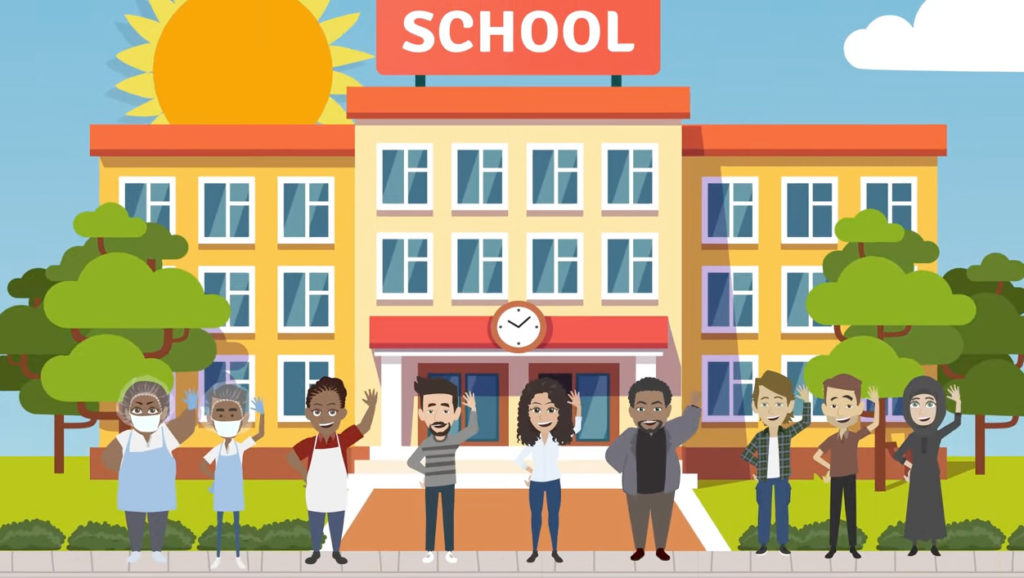I think it is fair to say we have all experienced the effects of supply chain disruptions over the past year or two…
School Food Supply Chain Challenges and Opportunities

11/30/2021
By: Kathy Webster
 I think it is fair to say we have all experienced the effects of supply chain disruptions over the past year or two, whether it was a scarcity of toilet paper, building materials, diapers, coffee, or essential food items such as salt, spices, flour, frozen vegetables, or pasta. The modern reality is that we have become dependent on brittle and over-extended globalized supply chains to meet our needs, including our nutrition.
I think it is fair to say we have all experienced the effects of supply chain disruptions over the past year or two, whether it was a scarcity of toilet paper, building materials, diapers, coffee, or essential food items such as salt, spices, flour, frozen vegetables, or pasta. The modern reality is that we have become dependent on brittle and over-extended globalized supply chains to meet our needs, including our nutrition.
The food supply challenges, stagnant wages, and consequent labor shortages, and delayed shipments have hit our nation’s school food programs particularly hard. These programs are some of the largest public purchasers of food in the nation and help feed our nation’s children during school hours, many of whom rely on these meals as a key source of their nutrition.
Unfortunately, the blame for declining school meal standards is often unfairly and inaccurately put on the school food nutritional professionals (FNP) who prepare students’ breakfast and lunch throughout the school year and in some areas, even during the summer months.
According to Karen Luna, Santa Clara Unified School District, Director of Nutrition Services, “We are experiencing supply chain issues in all areas of procurement—paper goods, food products, and labor. Notices of increased pricing are a weekly occurrence. Prices are rising as much as 30%. For example, we buy hamburger patties from a commodity processor. In October we received notice that we would not be able to receive any hamburger patties until after January.”
These stressful conditions, while trying to adhere to State and National school meal requirements, have taken a toll on FNPs across the nation, and parents and caregivers often don’t understand the restrictions that school meal providers encounter. For instance, according to the National School Lunch Program, schools are required to serve two types of milk— non-fat and low-fat, and in some cases, FNPs are lucky to get milk at all, and failure to meet standards can mean schools do not receive reimbursement funds from the California Department of Education further jeopardizing student well-being.
Fortunately, FNP may not have to look far from their district kitchen for solutions. Local sourcing has helped address some of the impacts of supply chain breakdowns. In fact, school food programs that are a part of ‘farm to school’ initiatives have found ways to be more resilient by incorporating ingredients from local farms and ranches.
“We were able to compensate for shortage[s] by purchasing local, regenerative, grass-fed beef patties from a local source, Richards Ranch. We are also purchasing hot dogs from [them] and have not experienced any delays and they have even increased production for us. Our local vendors have been a lifeline,” according to Ms. Luna.
Working with local, independent family farmers and ranchers is helping foodservice and nutrition professionals address critical shortages while enabling school districts to continue to provide healthy, nutritious food to students. By purchasing from local independent farmers, schools are creating a resilient food procurement system that helps them adapt to supply chain disruptions, support local economic opportunity as well as regenerative land management.
Find out more by watching this School Nutrition Association animated video: Supply Chain Issues & School Meals – What Parents Need to Know.
